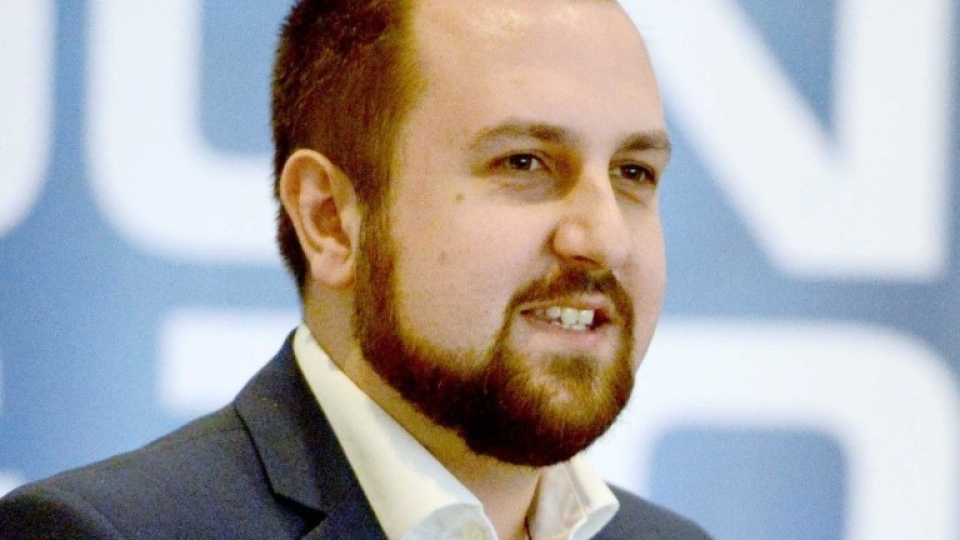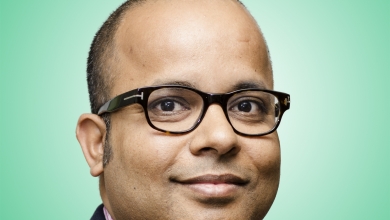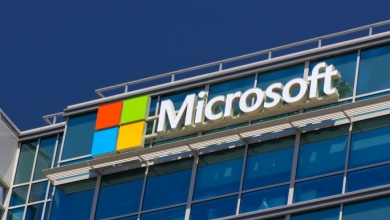
Microsoft has made considerable investment over the years in both AI and IOT, from incorporating AI technologies within its products to engage in with customers and partners in the development of large-scale projects, but what role does it see the channel playing in the deployment of AI solutions?
According to James Marshall (pictured), Partner Technology Strategist, Microsoft, the role of the channel is changing: “Their role is evolving from fulfillment to becoming a trusted adviser. There are lots of very capable partners out there who will deliver a project, who will fulfill an opportunity, but where we need them to get to is evolving into that customer lifetime value relationship and staying close to their customers providing them that advisory role. Financially it is good because they're then in a recurring revenue model. But clearly, they need to invest in skills they need to invest in culture they need to evolve the way they take their solutions to market. That's exactly what we're here to help them do. It is a big role; it's much expanded from the traditional VAR of the past, for example.”
Marshall sees a shortage of skills as being a major factor in holding back progress, but he also thinks that fear of the unknown a plays a significant part: “So I think if you asked what's the main challenge holding people back. I think it's taking the first step - let's start by starting - and understanding that we don't expect you to write your own neural networks. It's actually about how do you infuse the work that we do today with cognitive services, perhaps maybe a chat-bot to help a customer service agent, whatever it might be. So, there are little steps that add up to a bigger AI play. I think that's something we're working on that, matched with the right skills in the channel, will help those partners who perhaps look at AI as something unattainable.”
He also sees it as an opportunity for the channel to improve the level at which they operate and generate higher margins: “There is also that evolution in the way that they sell themselves, moving from fulfillment to something ongoing around lifetime value. There is that services and IP opportunity. If you're just selling off-the-shelf products there's an amount of margin that you can make. If you start to wrap around your own IP, your own solutions and your own service value-add, that's where your margins expand hugely. And we know that for every pound spent on Microsoft in the UK, there is about eight pounds, nearly nine pounds, of revenue for the partner. So, it's not just about the margins, rebates and incentives in selling Microsoft. It is all the value you apply on top and it's that value bit that is the key battleground.”
Embracing this opportunity will also he believes further drive the evolution we are seeing in business models: “one of the major forces for impact actually, particularly around the data and AI Industry is the digital agency model. The relationship that they have with their customers is different to traditional I.T. reseller. So, the types of partner that begin to want to build innovative solutions with us look slightly different. The way they commercialize that is definitely changing away from projects, away from upfront cost and then we'll see you with three or five years, much more towards a recurring revenue, annuity model.”
And he sees the role of distribution changing in parallel: “the role of distribution is in more intelligently connecting the channel to those opportunities. Distributors sit in that middle ground in the sales cycle where they see across a breadth of vendors and across a whole breadth of partners. They have tremendous insight that remains uncapitalised. There is a massive opportunity there across those players to say look, our value is in additionally helping you understand your customers better, helping to connect you to the right conversations at the right time. That intelligence piece, I think remains largely untapped at the moment I'm excited to see how some of the distribution partners I work with start to build around that.”


